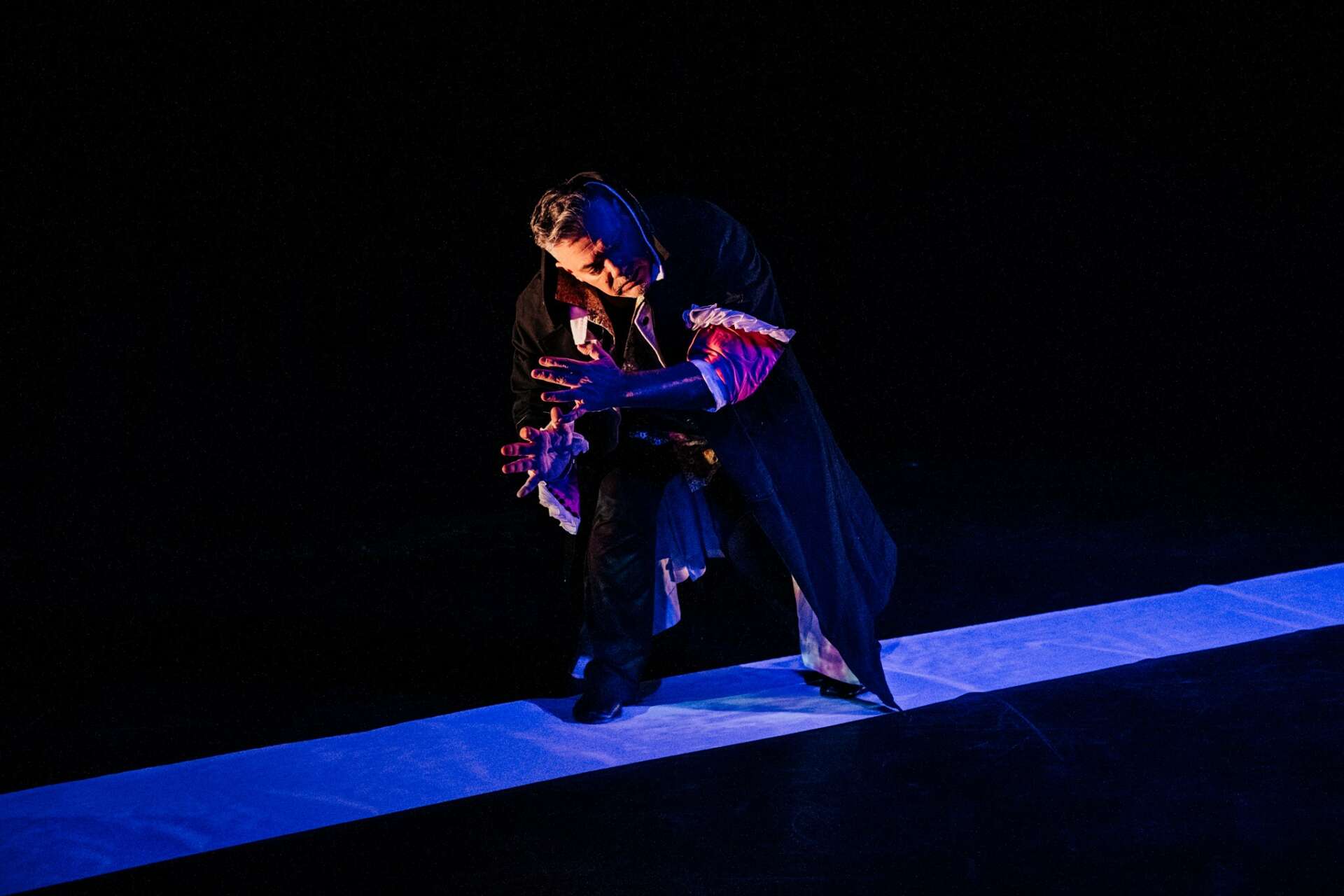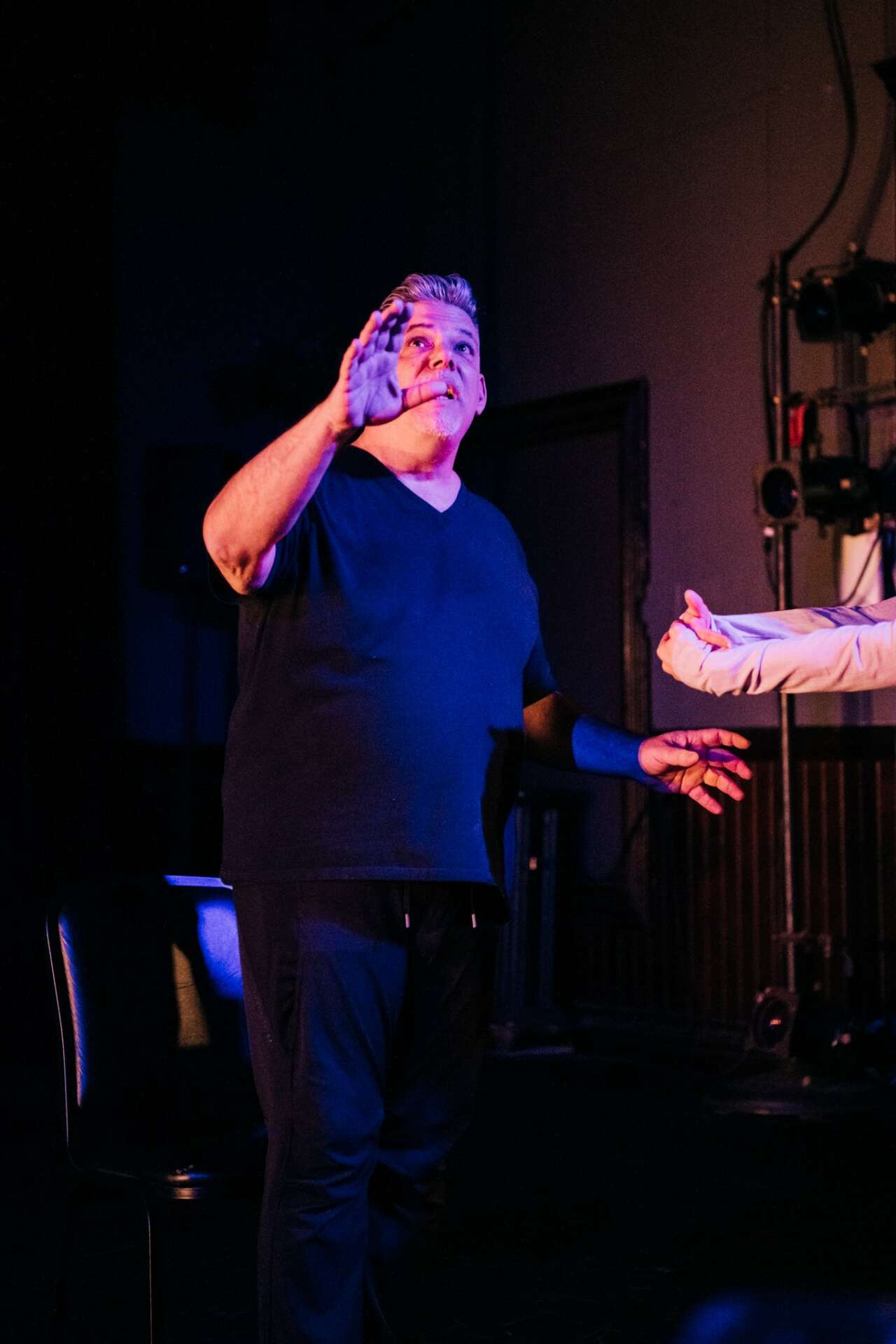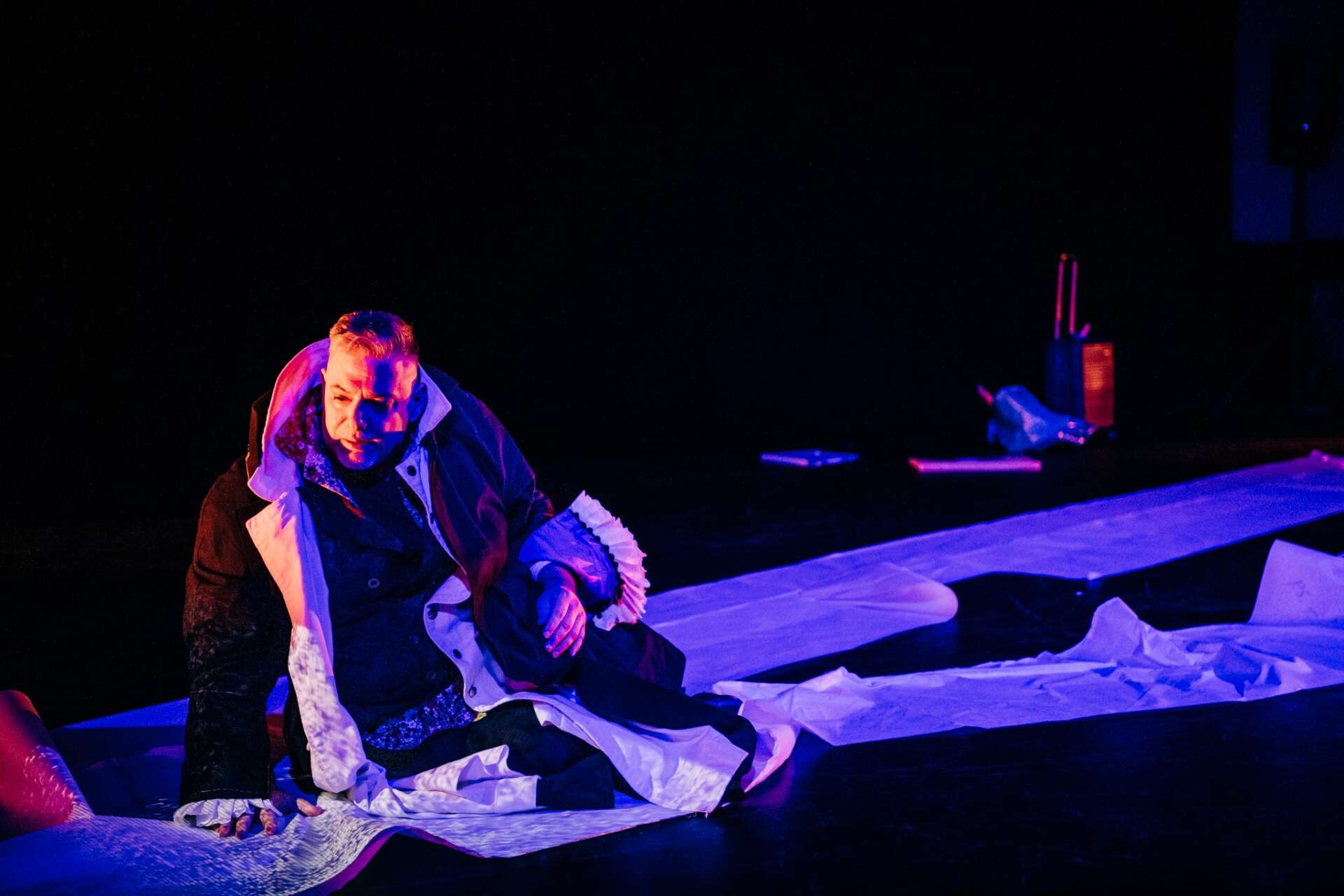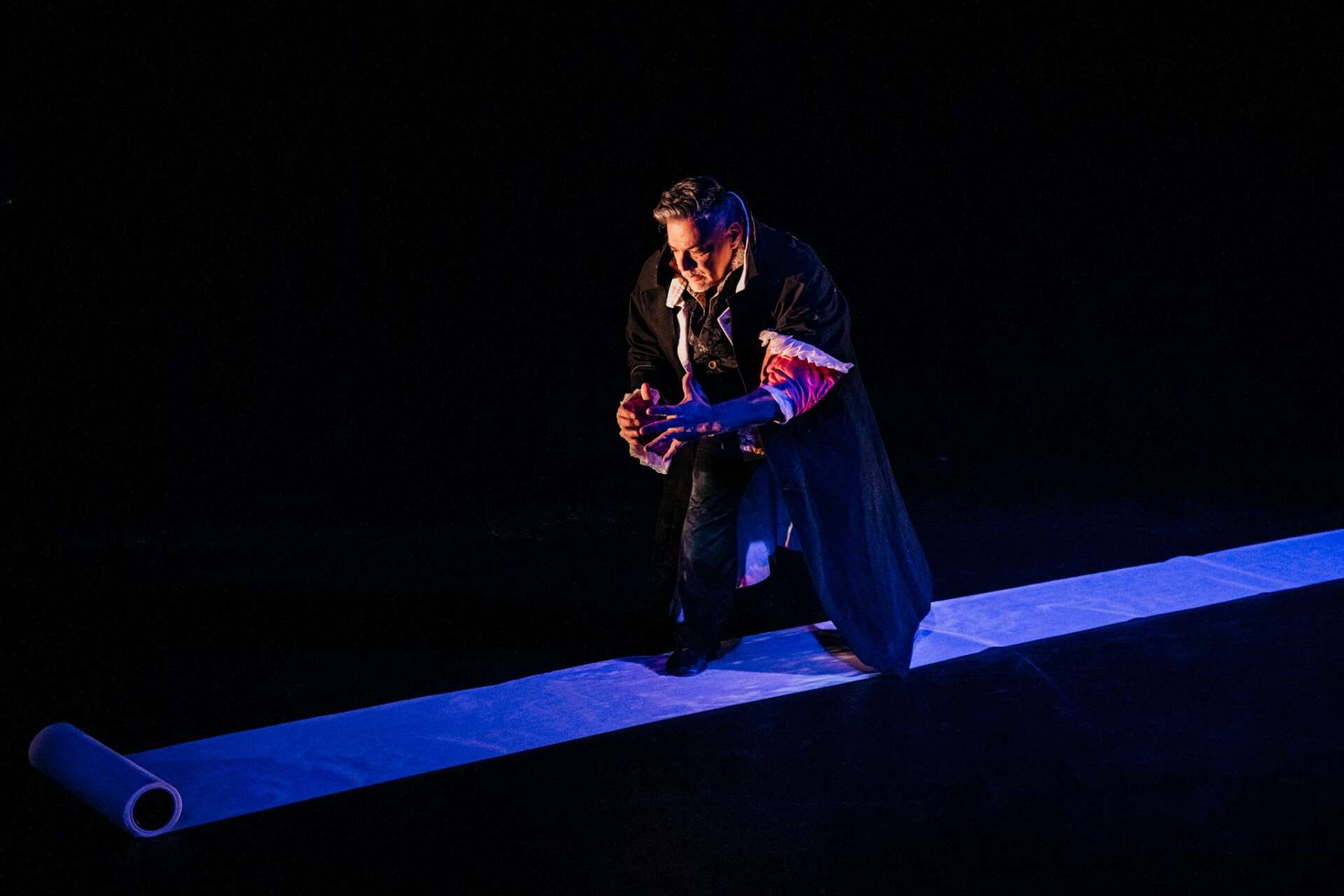We were lucky to catch up with Peter DiMuro recently and have shared our conversation below.
Peter, looking forward to hearing all of your stories today. Can you talk to us about how you learned to do what you do?
The question is slightly in need of an “s”: crafts not craft.
I have a Master’s degree- an MFA in choreography that I pursued immediately after undergrad, after having a total of 4 years dance training. On leaving the program and trying to pursue a career, I didn’t realize how much I didn’t know until I was faced with my own naivete – and on especially hard-on-myself-days, my ignorance.
And it wasn’t just the craft of making dances. It was all the crafts involved: managing groups of people, understanding that standing in a circle is much more productive; crafting how to translate what it is I do in the studio so I can teach that effectively.
That image of spinning several plates on several long sticks comes to mind. Keeping all the moving parts in balance, understanding you will always be learning, will not always feel on top of things- that is a craft of survival in itself

Great, appreciate you sharing that with us. Before we ask you to share more of your insights, can you take a moment to introduce yourself and how you got to where you are today to our readers.
I entered college as theatre major and was secretly thrilled that there were core requisites of dance classes. Even today there can be a stigma with men dancing, whether it be based on perceptions of masculinity or as a career choice that is not economically feasible– so you can imagine 40 years ago in the heart of the Midwest these biases were more prevalent.
Taking dance opened up a new world of non=verbal communication, and gave a name to skills I had as a caregiver, as a empath, as a teacher; as one who undertstands the language of movement and relationship between people and their surroundings as valid communication. I devoured dance, and became a professional modern dancer, and eventually a choreographer dabbling in many genres, mostly modern dance, dance for theatre.
Eventually, I yearned for opportuninties to bring the professional skills as a teacher, dancer together with my love of people- and my belief that movement can open unexpected portals for those who engage in it. I joined the ground-breaking company Dance Exchange, founded by MacArthur “genius” award winner Liz Lerman, eventually ending up as artistic director of the company, creating with collaborative methods with the core company- intergenerational, inter-racial and intersectional in many ways. Core to our work was working to bring casts of community members from an area, – shipyard workers, communities of faith, construction workers- and illuminating their stories in dance and theatre, along side professional dancers of our company.
I continue to create intersectionally and my current core collaborators with my company, Public Displays of Motion, is intergenerational, multiply-abled, and includes a range of humanity dancing together. including but beyond race. and beyond the spectrum of sexuality. We use our individual and collective histories to create movement that then become full fledged dances and dance/theatre.
Dance as I have lived it can save lives, open new or hidden aspects of one’s life. Most of what the general public thinks about as dance is just a slice of the full picture. The full mind/body experience is a tool for personal happiness and community growth. It is a conciliatory act to move with someone, witness their story. The poetics of movement carry us through challenging and celebratory times.
I bring these thoughts to my teaching, the non profit I run, The Dance Complex, to my performances and my teaching and consulting work.

We often hear about learning lessons – but just as important is unlearning lessons. Have you ever had to unlearn a lesson?
I was hyper sensitive to let go, to dance as if no one was watching- because they were right there: everyone watches everyone dance in class or rehearsal!
In reality, that is only partially true. Generally people are so busy working through their own issues with movement that they concern themselves with that and are not judging you. I still slip on this- even 40 years in to this career- especially when I have been out of my body for a while.

Do you think there is something that non-creatives might struggle to understand about your journey as a creative? Maybe you can shed some light?
I get the luxury and privilege- if not the full bank account- of being called a creative in dance (creative in other fields can attach research and development to their titles…and income is more favorable).
But there is no such thing as a non-creative person, just as there is no such thing as a non-dancer. If you are breathing in and out – there is the dance and choice made – perhaps subconscious – about where and how that dance travels through the mouth/nose, lungs, body and how it exits. I always imagine the elephants dancing in Fantasia, or how animation uses wafts of color mist moving through the frame. That, too, is movement., is dancing.
Creativity lives on a spectrum of one making choices, of choosing this tie, or that one for this outfit; to the cadence of one’s walk down the street, to the arrangement of a seating chart for a business meeting.
As I age as a dancer and dance maker, especially, I have to remind myself that it is not how high a leg kicks in space or how many turns I can do and still recover standing- that’ really decoration. The choreography of daily living include the highlights, the bravado moment- jogging, climbing ladders, playing the holiday game of family football. But daily living includes the movement that is more subtle- the glance at the sky, the texture of a handshake between friends, as well as the transitions that are danced between each moment.
We make choices on these things. My line of work mght include understanding and being conscious of those choices in movement, but it doesn’t mean that “lay” movers are any less creative. One can open their skills of paying attention, choice-making and it is then a creative act.
Contact Info:
- Website: www.publicdisplaysofmotion.com
- Instagram: @peterdimuro
- Facebook: https://www.facebook.com/PDMPublicDisplaysOfMotion/
- Linkedin: https://www.linkedin.com/in/peterdimuro/
- Twitter: @peterdimuro
Image Credits
photo: https://www.babyvikingphotography.com/


